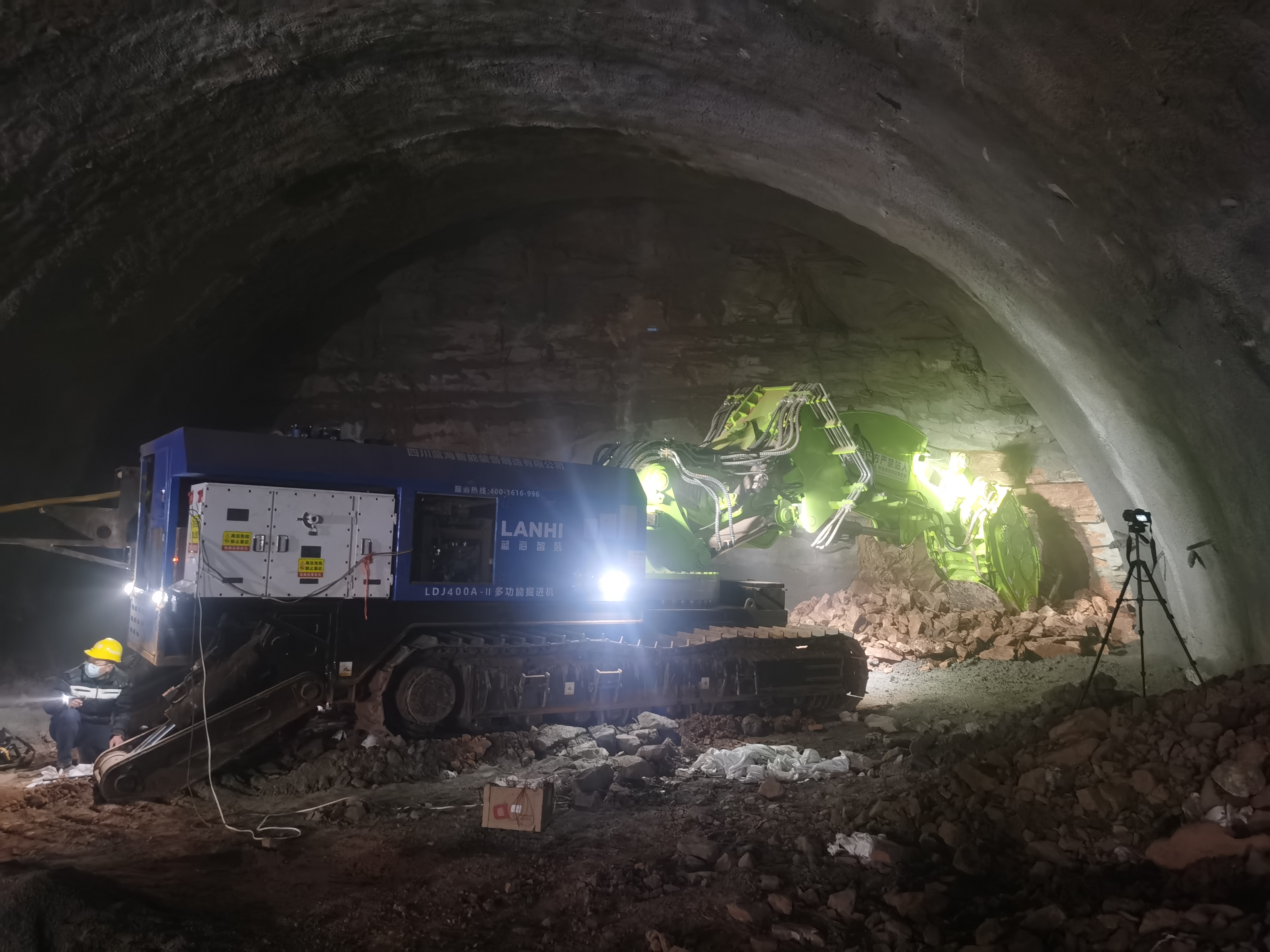Tunnel construction is a complex engineering process that involves careful planning, design, and execution. The method used depends on factors like the tunnel’s purpose, length, depth, ground conditions, and surrounding environment. Below is an overview of how a tunnel is constructed, step by step.

1. Main Construction Methods
The choice of method depends on whether the ground is hard rock, soft/weak soil (e.g., clay, sand), or waterlogged (underwater or high groundwater). Below are the four most common methods:
A. Tunnel Boring Machine (TBM) Method: For Hard Rock or Soft Ground
The most widely used method for long, deep tunnels (e.g., the Channel Tunnel between the UK and France). TBMs are giant, automated machines that excavate, support, and line the tunnel in one continuous process.
Key Steps:
① TBM Assembly: The TBM (up to 15 meters in diameter) is transported to the "launch shaft" (a vertical pit) and assembled underground.
② Excavation: The TBM’s rotating cutterhead (fitted with steel teeth or disc cutters) grinds through rock/soil. For soft ground, a "shielded TBM" uses a pressurized front (earth pressure or slurry shield) to prevent cave-ins.
③ Segment Erection: As the TBM advances (5–20 meters per day), hydraulic arms install precast concrete segments (curved panels) to form the temporary or permanent lining. Segments are bolted together and sealed to prevent water ingress.
④ Mucking: Excavated material ("muck") is transported back to the surface via conveyor belts or rail cars.
B. New Austrian Tunneling Method (NATM): For Variable Ground
A flexible, "design-as-you-go" method ideal for rock or mixed ground (e.g., mountain tunnels). It relies on the self-supporting capacity of rock and uses temporary support to stabilize the tunnel as excavation proceeds.
Key Steps:
① Partial Excavation: The tunnel is excavated in small sections (e.g., top half first, then bottom) to reduce ground disturbance.
② Immediate Support: After each excavation step, workers spray shotcrete (wet concrete) onto the tunnel walls/roof to seal and strengthen the ground. Steel mesh or steel ribs may be added for extra stability.
③ Monitoring: Sensors track ground movement (settlement, convergence) in real time. If risks are detected, support is adjusted (e.g., adding more shotcrete).
④ Permanent Lining: Once the tunnel is stable, a final concrete lining is poured (often using formwork) to replace or reinforce the temporary support.
C. Cut-and-Cover Method: For Shallow Tunnels
Used for tunnels close to the surface (≤10 meters deep), such as urban subway stations or road tunnels. It involves excavating a trench, building the tunnel, then covering it back up.
Key Steps:
① Excavation: A trench is dug along the tunnel alignment. Temporary walls (e.g., sheet piles, diaphragm walls) and struts (steel beams) are installed to prevent the trench from collapsing.
② Tunnel Construction: The tunnel structure (usually reinforced concrete) is built inside the trench—either as a precast unit or cast-in-place.
③ Backfilling & Restoration: The trench is filled with soil, and the surface is restored (e.g., repaving roads, replanting greenery).
D. Immersed Tube Method: For Underwater Tunnels
Used for tunnels under rivers, harbors, or seas (e.g., the Hong Kong-Zhuhai-Macao Bridge underwater tunnel). Pre-fabricated concrete tubes are floated into place and submerged.
Key Steps:
① Tube Fabrication: Large concrete tubes (50–200 meters long, 10–20 meters wide) are built on land or in a dry dock. Each tube is waterproofed and fitted with internal structures (roads, utilities).
② Trench Dredging: A trench is dug on the seabed/riverbed along the tunnel alignment.
③ Float & Submerge: Tubes are floated to the site, positioned over the trench, and slowly submerged using ballast (water). They are then joined together with watertight seals.
④ Backfilling: The trench around the tubes is filled with rock or sand to stabilize them.
2. Ground Support and Lining
After excavation, the tunnel needs structural support to prevent collapse.
Typical support methods include:
① Shotcrete (sprayed concrete)
② Rock bolts and lattice girders
③ Precast concrete segments (in TBM tunnels)
④ Steel ribs or frames
Permanent lining is then installed to provide long-term strength and waterproofing.
tunnel construction is a highly specialized process that requires careful planning, adaptation to ground conditions, and strict adherence to safety standards. The method chosen directly impacts cost, timeline, and long-term durability.





